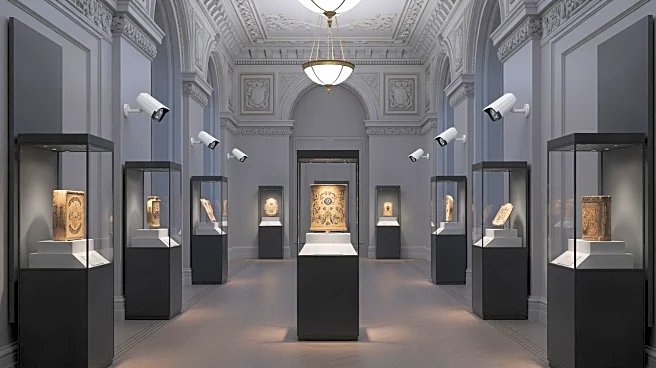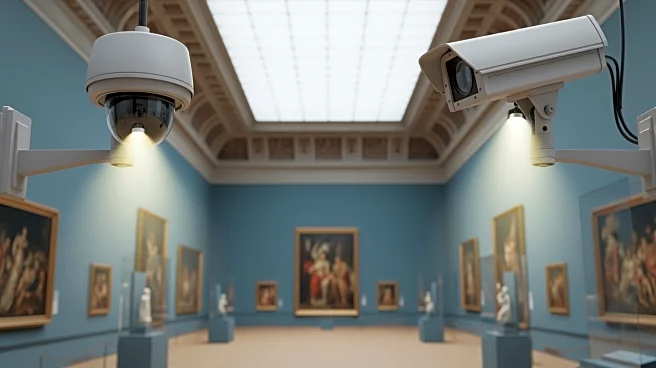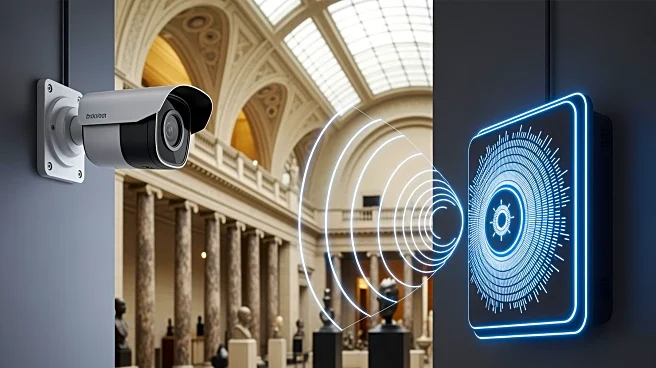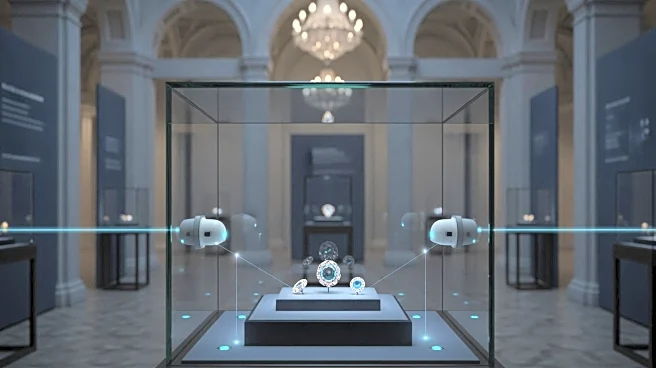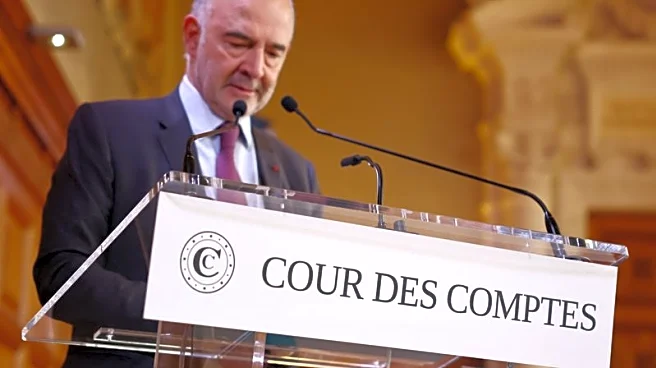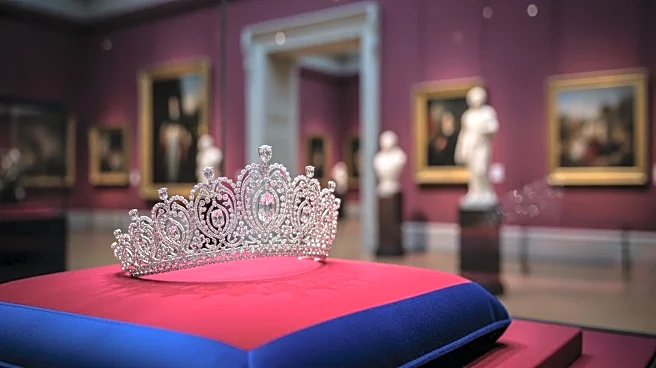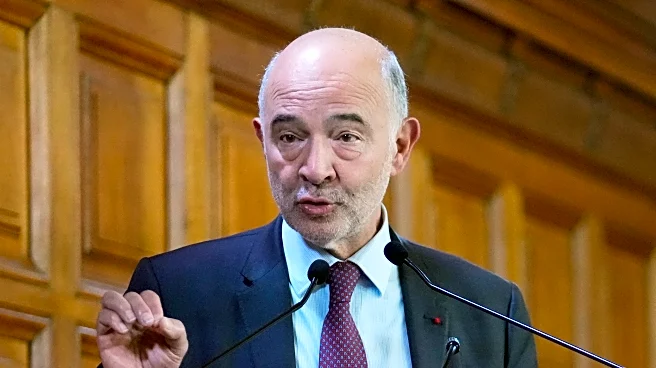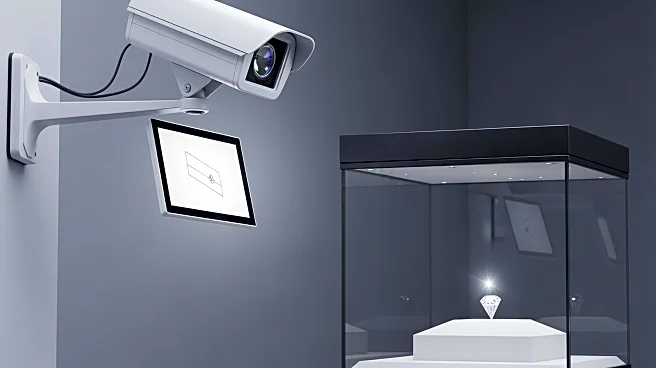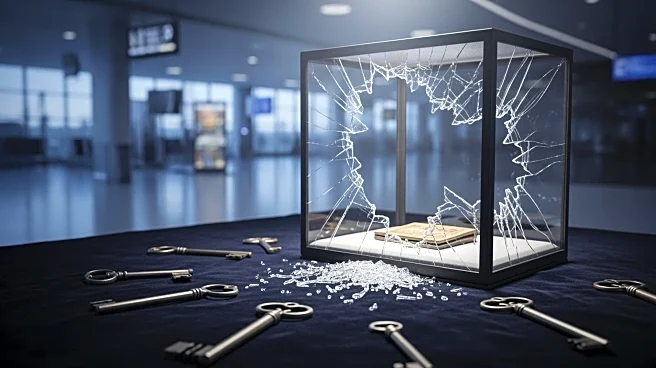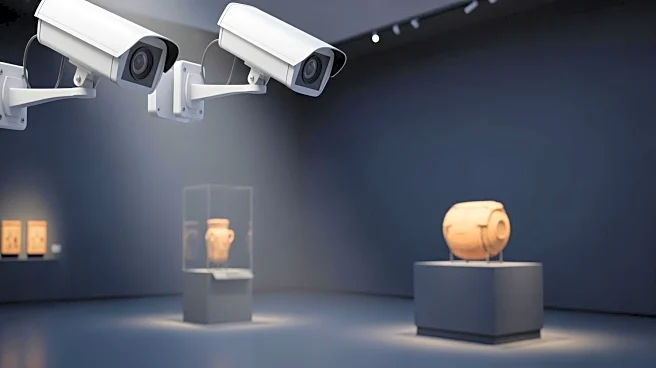What's Happening?
The Louvre Museum in Paris has come under scrutiny following a high-profile jewel heist that resulted in the theft of $102 million worth of crown jewels. A report by France's court of auditors, released
after the heist, highlighted significant delays in the museum's security upgrades. The report criticized the museum for prioritizing art acquisitions and visitor experience over essential security improvements. The heist, which involved thieves using a truck-mounted basket lift to access the museum, has led to the arrest of four suspects. The Louvre has acknowledged the need for security enhancements and plans to implement improvements as part of a broader modernization effort.
Why It's Important?
The security lapses at the Louvre highlight the challenges faced by cultural institutions in balancing the preservation of art with the need for robust security measures. The incident underscores the potential vulnerabilities in high-profile museums, which could have implications for similar institutions worldwide. The theft has prompted calls for increased investment in security infrastructure, which could lead to changes in how museums allocate resources. The incident also raises questions about the effectiveness of current security protocols and the need for technological advancements to protect valuable cultural assets.
What's Next?
In response to the heist, the Louvre plans to accelerate its security modernization efforts, which include installing more digital cameras and upgrading outdated systems. The museum's 'Louvre New Renaissance' plan aims to enhance infrastructure and security by 2031. Additionally, French authorities are likely to increase oversight and pressure on the museum to ensure that security improvements are prioritized. The incident may also prompt other museums to reassess their security measures to prevent similar occurrences.
